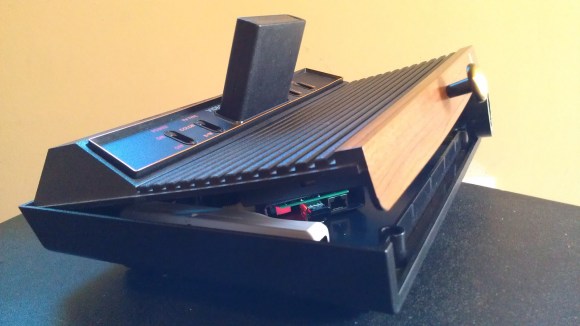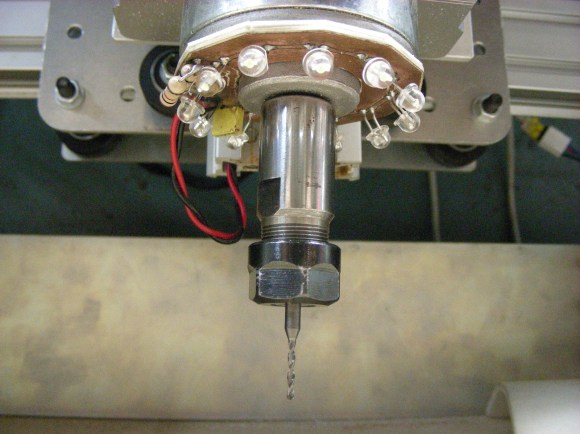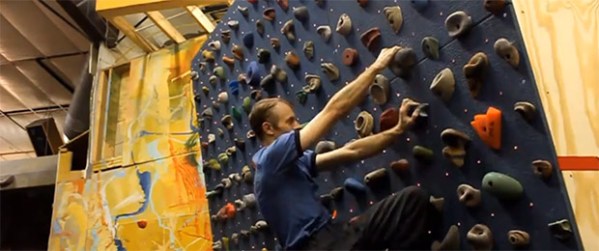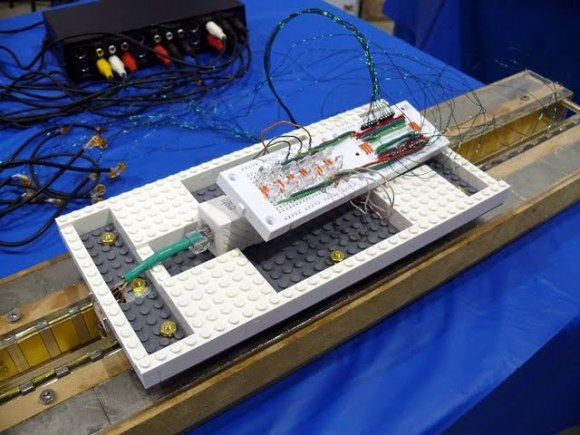
Seriously, the drawer pull on this Atari 2600 is not stock. Don’t they know this voids the warranty? The thing is, you won’t actually find any of the original internals anyway. When building this portable emulator housed in a 2600 case [Linear Nova] was careful to ensure that everything could be restored to its original condition (except for two hinges mounted on the back) sometime down the road. That’s a good goal to set for yourself. We think the build is the fun part of most projects and often wonder what to do with them when they’re done and our interest has waned.
A seven-inch LCD screen was attached to the underside of the lid using Velcro. When tilted up it’s at a nice viewing angle for the player. [Linear] prefers to use a Wii remote as the control this portable video game emulator. It connects to the Raspberry Pi over Bluetooth using a USB dongle. The advantage of this is that you just throw the remote inside the case too. For now there are two power cords, one for the RPi and the other for the LCD screen but he plans to add a power hub in the future to narrow this down to one. We wonder it that would also be a good time to add his own rechargeable battery pack option? There should be enough room for an RC style pack.
















